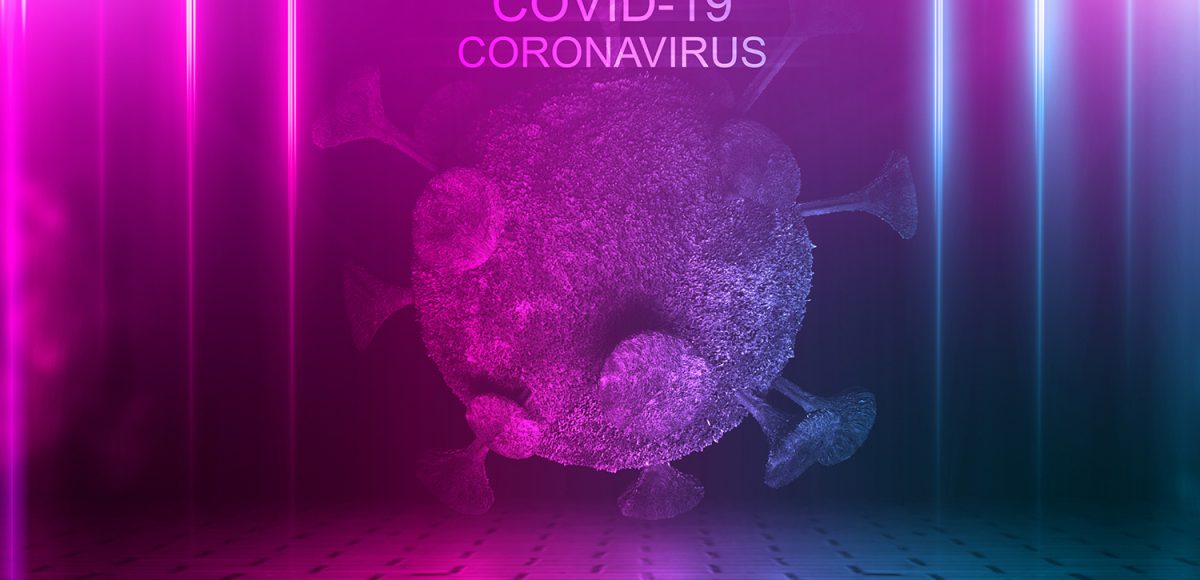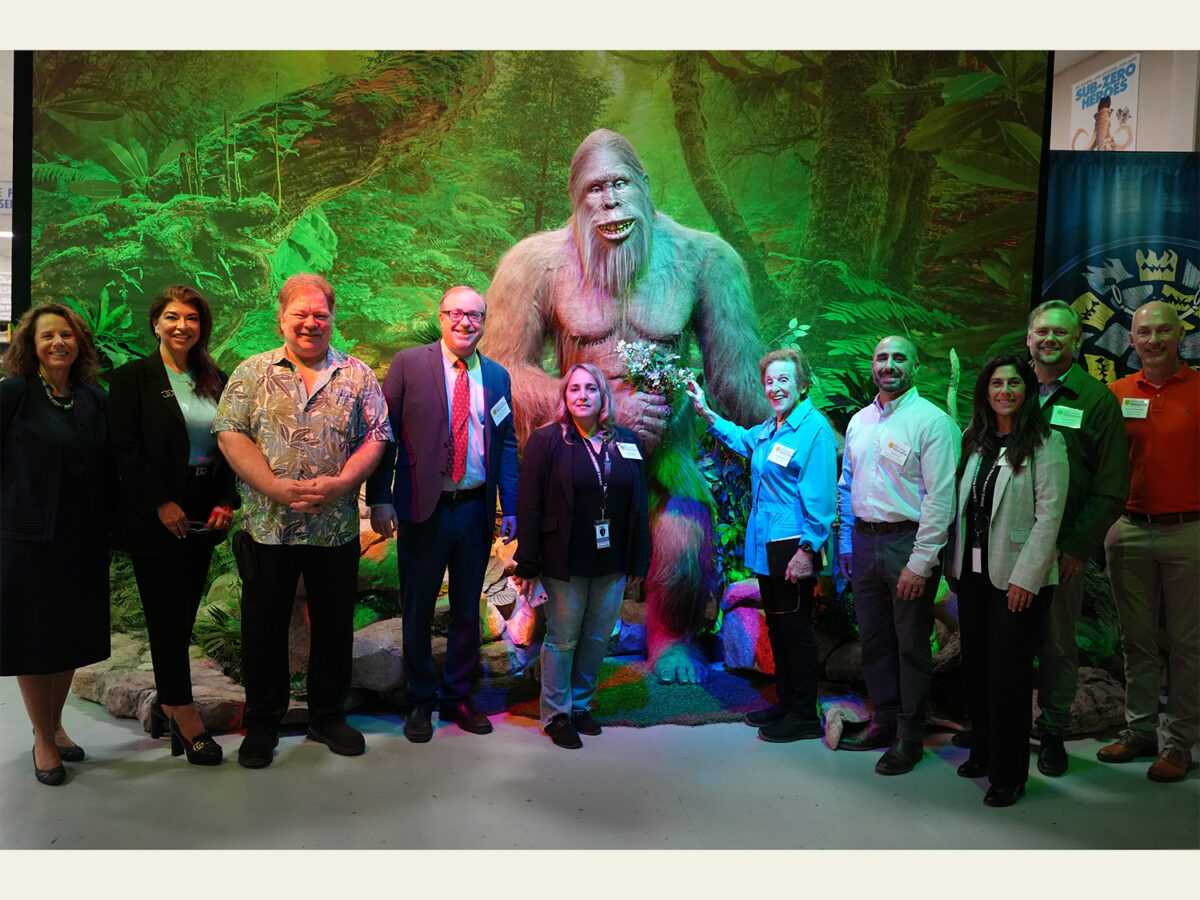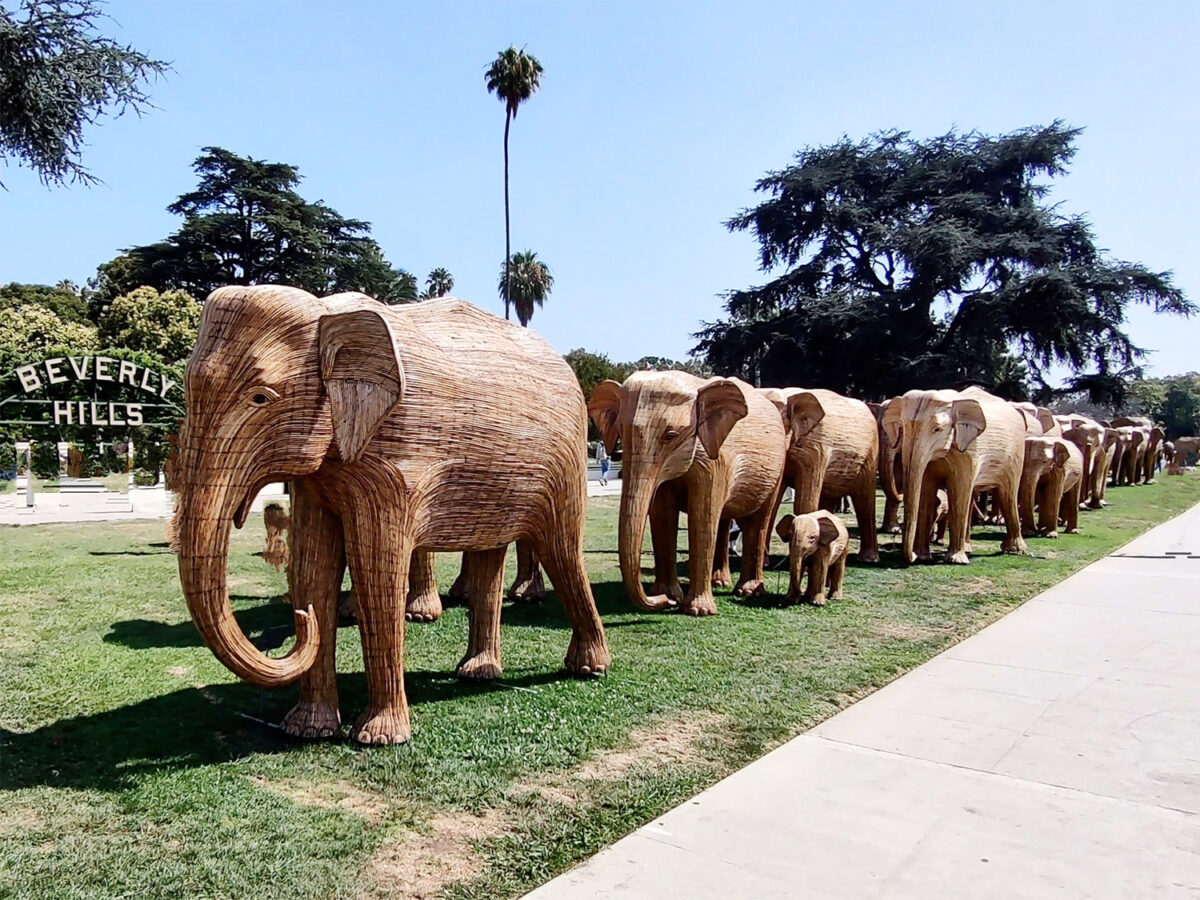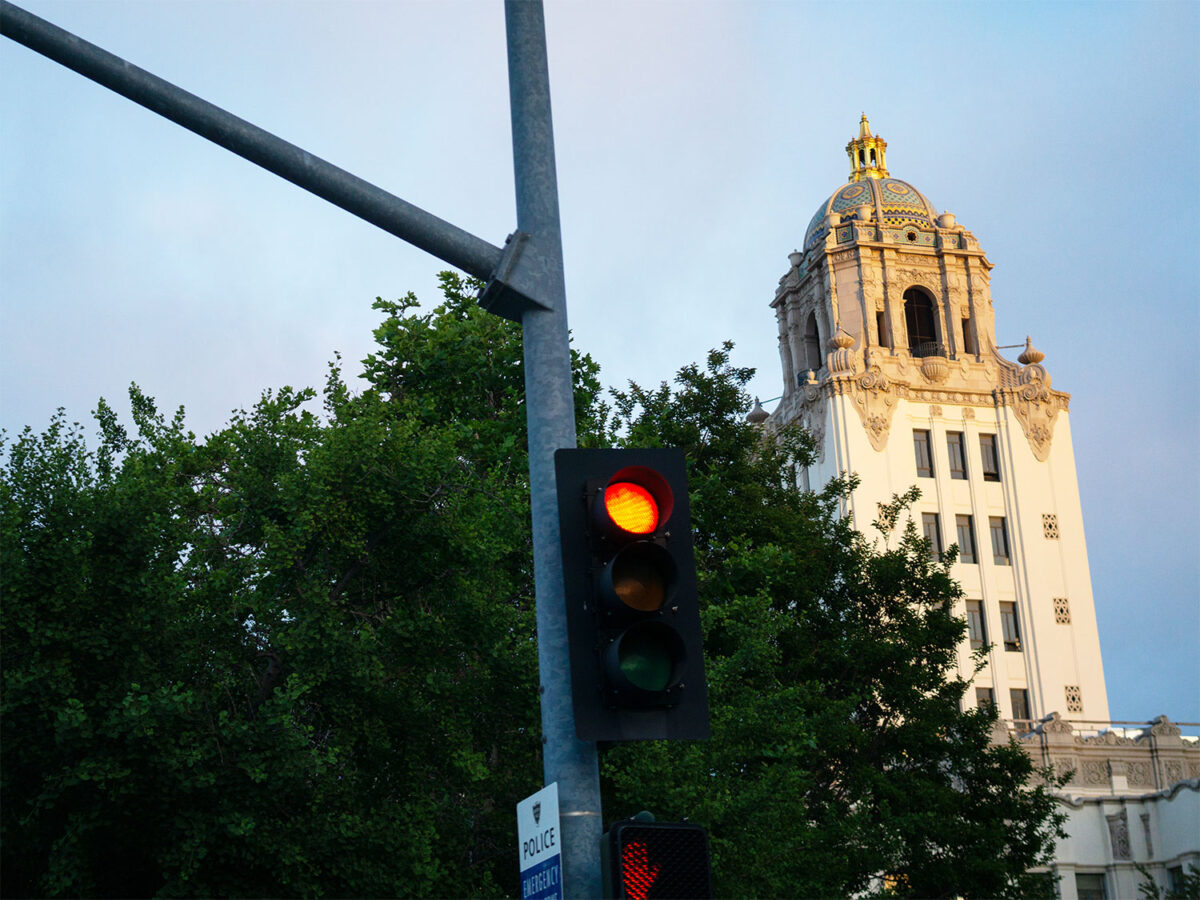Thanksgiving has come and gone and now Hanukkah is upon us. Residents of Beverly Hills have grown accustomed to a holiday season of rapidly-changing health orders, initiatives and programs. As the year winds down, Los Angeles County continues to see more new cases of COVID-19 every day than any other point during the pandemic. The Los Angeles County Department of Public Health (Public Health) has confirmed 74 new deaths and 12, 819 new cases of COVID-19 as of Dec. 10. In Beverly Hills, there have been 1,152 cases of COVID-19 and 11 deaths. To date, the agency has identified 487,917 positive cases of COVID-19 across all areas of L.A. County, and a total of 8,149 deaths.
According to Public Health, this is the highest number of daily deaths since July 29. At press time, the county has reported 3,433 hospitalized patients.
The surge in cases in the county began around Nov. 2, and then one week later led to an increase in hospitalizations. Beginning around Nov. 9, Public Health began to report an increase in COVID-19 fatalities which remains high. Since Nov. 9, average daily deaths have increased by 258 percent. In a Dec. 9 Public Health press release, officials wrote: “Since these deaths reflect L.A. County case counts from a month ago, as cases have continued to increase the past few weeks, we will bear witness to a significant rise in the number of people who are dying.”
Currently, the State is reporting the ICU bed capacity is at nine percent in the Southern California region. As a reminder, the region (which includes L.A. County) is under Gavin Newsom’s Regional Stay-at-Home order that took effect Dec. 6 after the ICU capacity for the region fell below 15 percent. Right now, the Southern California regional ICU bed capacity is nine percent.
Public Health is urging the public not to gather with others outside of their immediate household, always wear face coverings when around others, and maintain physical distance from others who are not from their household. During the surge, people are advised to stay at home except for essential activities, avoid all travel that is not essential, get tested if they have symptoms.
On Dec. 9, officials announced that Los Angeles County is currently projecting that 1 out of every 140 residents is currently infectious with COVID-19. That figure does not include people who are hospitalized, isolated or quarantined, but reflects people who are in the community, potentially spreading the virus.
As a reminder, the following sectors are closed: cardrooms, wineries, breweries, distilleries, museums, botanical gardens, zoos, aquariums, personal care including hair salons, barbershops, and nail salons and family entertainment centers.
On Dec. 8, Cedars-Sinai announced that it has launched COVID-19 testing at its three urgent care clinics in Playa Vista, Culver City and Beverly Hills. The test uses a nasopharyngeal swab to collect a sample from the patient, and results are available within 48 to 72 hours.
“We have expanded our testing options in an effort to support our patients and the community by giving them access to high-quality testing when they need it,” said Dr. Caroline Goldzweig, Cedars-Sinai Medical Network’s chief medical officer. “We wanted to expand access especially for frontline workers such as grocery store employees, first responders or any essential worker whose job puts them in close contact with others.”
Those getting tested do not need to be a Cedars-Sinai patient prior to booking their testing appointment, and the test costs $150 if a patient does not have insurance.
For more information, visit www.cedars-sinai.org/programs/urgent-care.html.
Additionally, LA County launched a new COVID-19 home test collection program that allows certain County residents to do free testing from the comfort of home. The runs from Dec. 1, 2020 through Jan. 15, 2021. The program hopes to address the recent surge in demand for testing during the holiday season when people may risk exposure. To learn more, visit https://covid19.lacounty.gov/la-county-holiday-home-test-collection/.
Meanwhile, Los Angeles County health officials prepare for the massive undertaking of administering COVID-19 vaccinations to millions of residents.
“Equity is a fundamental principle here,” Dr. Paul Simon, the county’s chief science officer said during a Dec. 10 online media briefing. “We want to make sure all people have access, and that those that are at greatest risk either because of higher risk of exposure, or greater risk of severe illness because of chronic health conditions or other factors have more immediate access to the vaccine.”
Simon stressed that initial doses of the vaccine will be strictly designated for health care workers and staff and residents of long-term care facilities. The county anticipates receiving nearly 83,000 doses of the Pfizer vaccine as early as next week, with the allotment then distributed to nine ultra-cold storage sites for subsequent delivery to 83 acute-care hospitals.
Vaccines for long-term care staff and residents will be distributed via a federal contract with CVS and Walgreens. After the initial distribution, Simon said the county expects to receive roughly 250,000 more doses the following week, and another 150,000 the week after that, with weekly deliveries of up to 250,000 doses anticipated beginning in the new year.
After the distribution to health care workers and long-term care staff and residents is completed, under “Phase 1A” of the plan, priority will then move to “essential workers” and then people at highest risk of severe illness from the virus, including seniors or those with underlying health conditions. When the vaccine will become available to the general public remains unclear.
Beginning Dec. 10, Californians will have the option to receive notifications on their smartphones if they’ve been exposed to someone who has tested positive for COVID-19.
The app, called CA Notify, hopes to support the state’s contact tracing efforts using Bluetooth technology. Once activated on a smartphone, users are simply instructed to leave Bluetooth on and then the app will send them alerts if they were in close contact with someone who tests positive for COVID-19. The app does not track the user’s location. To learn more, visit https://canotify.uchealth.edu/. If someone who is COVID-19 positive needs additional information, they should call toll-free at 1-833-540-0473. Other residents should continue to call 211 for resources or more information.







